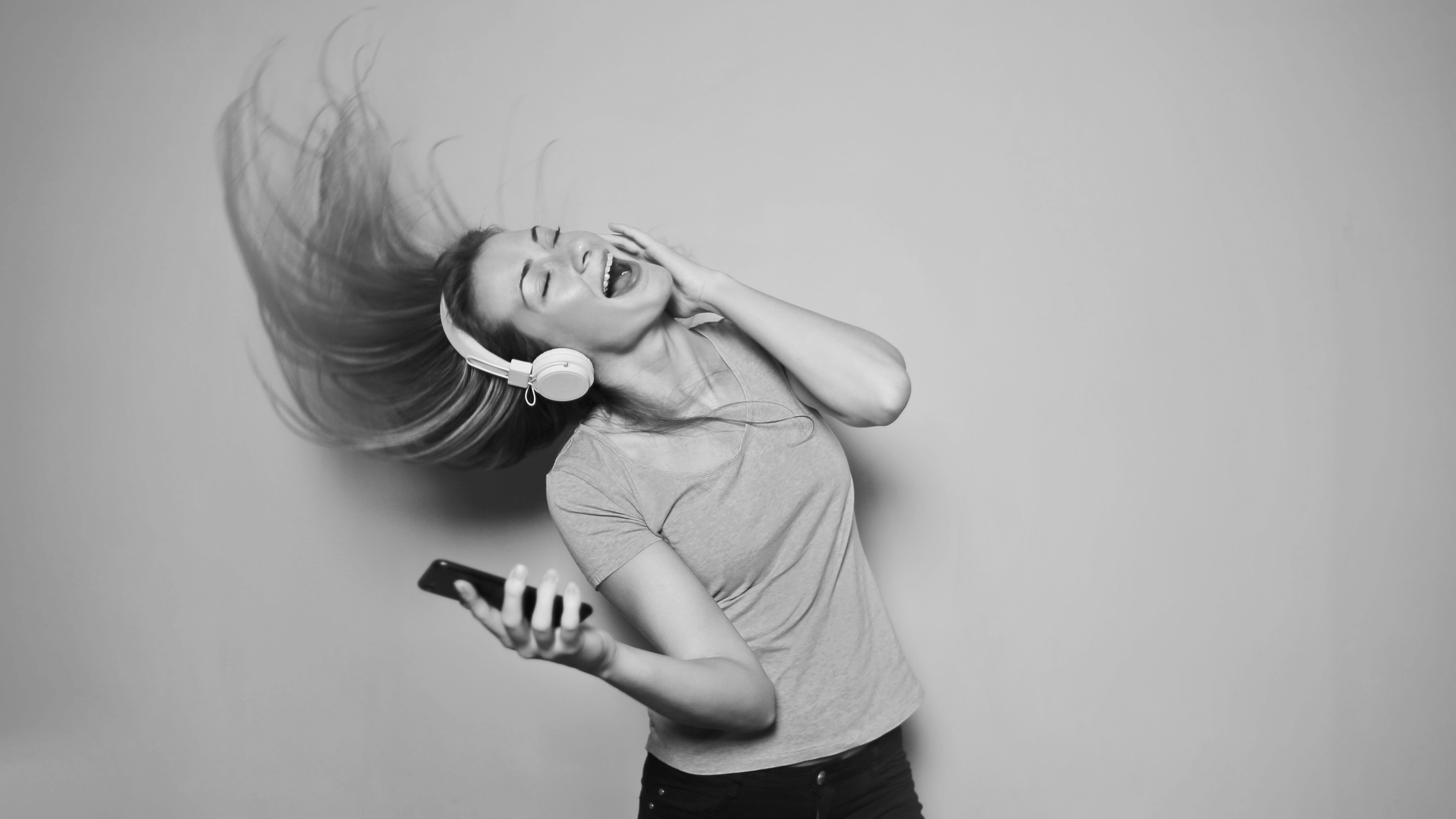Carly Rae Jepsen’s 2012 earworm “Call Me Maybe,” Nelly’s 2002 anthem “Hot In Herre,” and Luis Fonsi’s 2017 hit “Despacito” all have at least two things in common: They were each the official song of summer in their respective years, and they were all, statistically speaking, “average.”
Humans are attracted to averages, and this so-called beauty in averageness effect influences everything from art to business. Studies have found that music listeners prefer averageness over expertise in performance, that car buyers are drawn at a gut level to a vehicle that is an average of all other designs, and that humans find faces with overall average features most attractive. Often, what we consider to be above-average is, in fact, the most average.
Columbia Business School’s Olivier Toubia and Oded Netzer took this concept a step forward in the realm of creativity and idea generation. By applying the beauty in averageness effect to creative ideas, the professors used analytics to successfully predict what ideas humans would judge to be the best or most creative. Their study, “Idea Generation, Creativity, and Prototypicality,” received the John D.C. Little Award in June for top marketing research.
“Averageness in our case does not mean the idea is not novel; it’s about how the idea balances novelty with familiarity,” says Toubia, the Glaubinger Professor of Business. “I would not claim to be able to predict with certainty whether a song will be a hit, but across hundreds or thousands of songs we should see that those that balance novelty and familiarity tend to do better.”
To help you find that sweet spot for creativity in whatever your field may be, Toubia and Netzer developed a free online Ideation Toolthat analyzes your idea and suggests how to be either more conventional or more novel. Used hundreds of times by individuals and companies, the tool is rooted in the professors’ findings from eight experiments involving more than 4,000 ideas generated by over 2,000 people.
“We were not the first to argue that creativity lies in the balance between novelty and familiarity,” says Netzer. “We developed a way to test it empirically in the context of idea generation and leverage it practically.”
Across a series of experiments, Toubia and Netzer had hundreds of volunteers generate innovations for new insurance products related to aging, financial security, and unemployment; for smartphone apps to help users behave healthier; and for new oral care solutions targeted to women over 40 years old. The ideas were ranked by panels of volunteers and experts, and in each case the results fell in line with what Toubia and Netzer predicted based on the words used to express the idea (which they call a “semantic subnetwork”).
In another experiment, the researchers collected data from an online idea generation community focused around digital audio workstation Pro Tools. When analyzing 1,735 ideas submitted by users over three years, Toubia and Netzer again found that they could predict which ideas would be judged as “good” based merely on the prototypicality (or averageness) of the combinations of words used in the idea.
“We need to be careful how we define ‘average,’” cautions Toubia. “We find the most creative ideas tend to have an optimal balance between novel and familiar combinations of words, not the words that are used in an average idea. Such average words would lead an idea that is too familiar. We find that we can approximate the optimal distribution of novelty versus familiarity by taking the average distribution across many ideas.”
For the final experiment, the professors developed their online Ideation Tool to suggest words to help people improve their ideas. When a panel of 2,000 people evaluated a host of ideas developed both with and without the Ideation Tool, they ranked the most creative ideas as those that were assisted with the Tool. This experiment suggests how computers might assist people in improving their ideas or help firms identify promising ideas.
“We could envision an online tool similar to Google in which a user would enter a problem they wish to solve or a topic on which they wish to ideate,” the researchers wrote in their paper. “The tool would provide them with a customized set of possible words that could be basic ingredients to a solution, or a set of documents that are likely to contain useful information.”
The study underscored that a good idea, like a hit song, does not emerge from a vacuum. Just as the “best” ideas are able to find an optimal tradeoff between similarity and differentiation, the best songs will predictably mix together familiar ingredients with something novel that distinguishes them from their peers.
As Columbia Business School’s Michael Mauskapf has also found in analyzing Billboard hits, this novelty might come in the form of tempo or danceability. Or it might be in the form of lyrical uniqueness, as other research has concluded — though only when it’s “similar enough to evoke the warm glow of familiarity but differentiated enough to feel new and exciting.”
Originally posted on COLUMBIA.EDU


